-
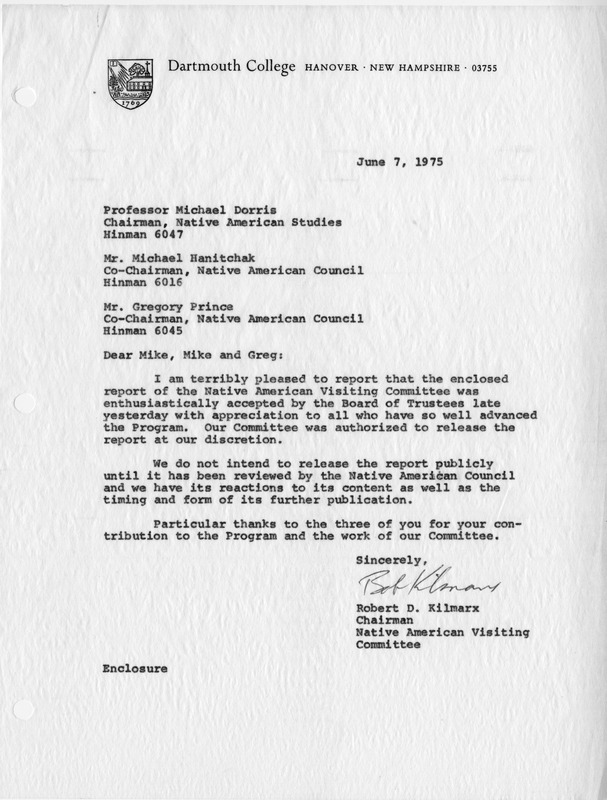
Robert Kilmarx ‘50, letter, to Michael Dorris (Modoc), Michael Hanitchak ’73 (Choctaw-Chickasaw), and Gregory Prince, 7 June 1975, Dartmouth College, Native American Council, Records 1972-1982. Rauner Manuscript DA-109.
-
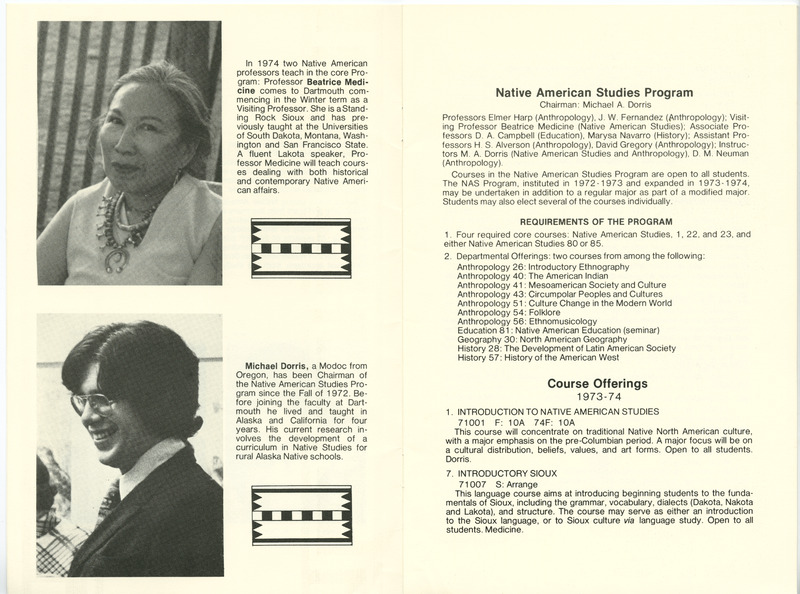
Native American Studies Course Guide for 1973-74. Dartmouth College, Native American Council, Records 1972-1982. Rauner Manuscript DA-109
-
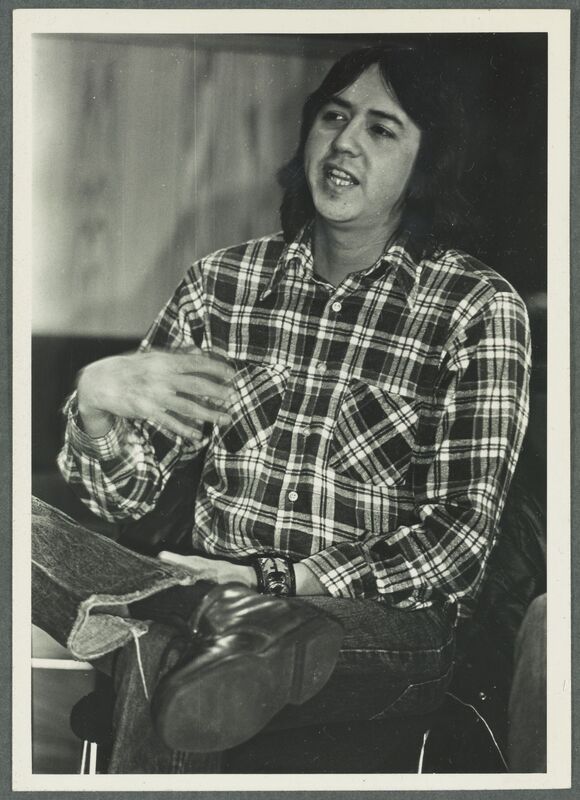
David Bonga '74 (White Earth Chippewa), Director of Native American Program 1975-1979.
-
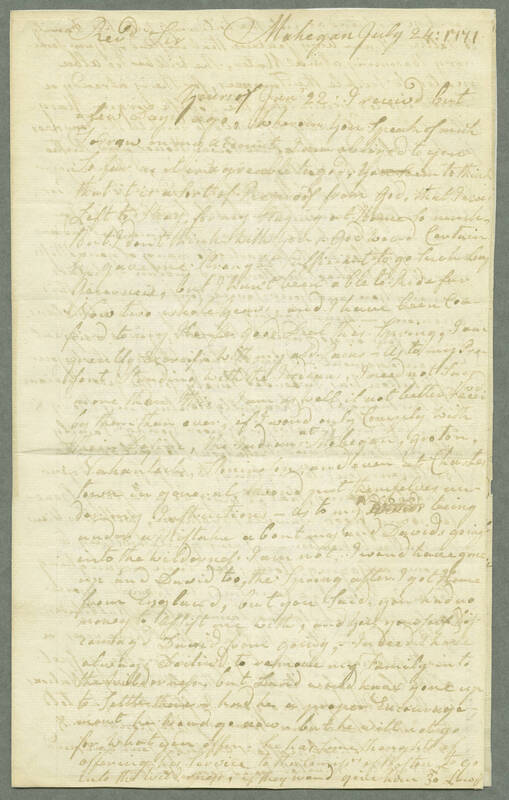
Leaving you and your Service Confirms me in this opinion, — Your having So manywhite Scholars and, So few or no Indian Scholars, gives me great Discouragement.
— Samson Occom, letter, to Eleazar Wheelock, 24 July 1771.
-

Trustee Thomas W. Braden later wrote: "So here we are... sitting around a long polished table in the trustees' room, trying to decide whether to admit women to Dartmouth, and hold classes the year around, partly so as to make room for the women. Now there was no very good reason for not doing this, except the reason that it would change things. But you would have thought to hear us talk that we were about to bulldoze the place....” [p.9]
President David T. McLaughlin discussing coeducation in his 2007, Choices Made: a Memoir. Hanover, NH : [Privately Printed]
-
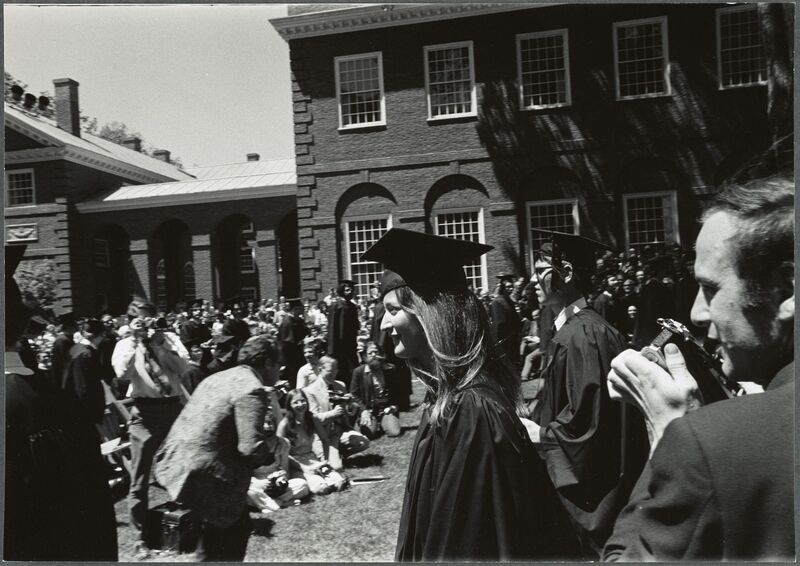
Mary Lynn Allen ’73 [Mary Allen Stifler] – Commencement 1973.
-
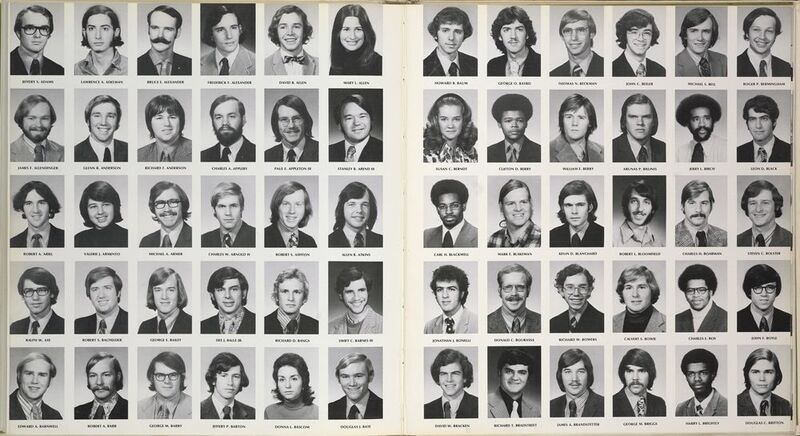
The Aegis, Class of 1973.
-
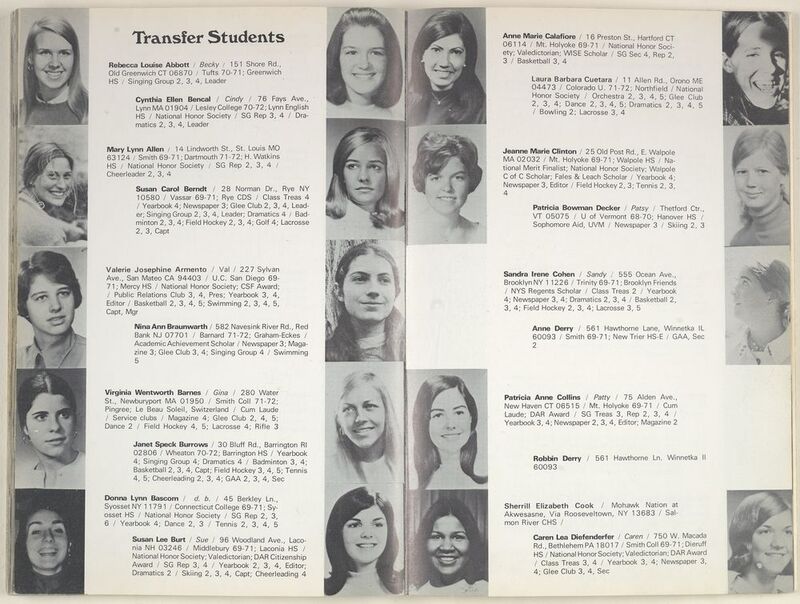
The Freshman Green Book for the Class of 1976, issued Fall 1972 Most of the transfer students that year were women, many of whom were awarded Dartmouth degrees in 1973.
-
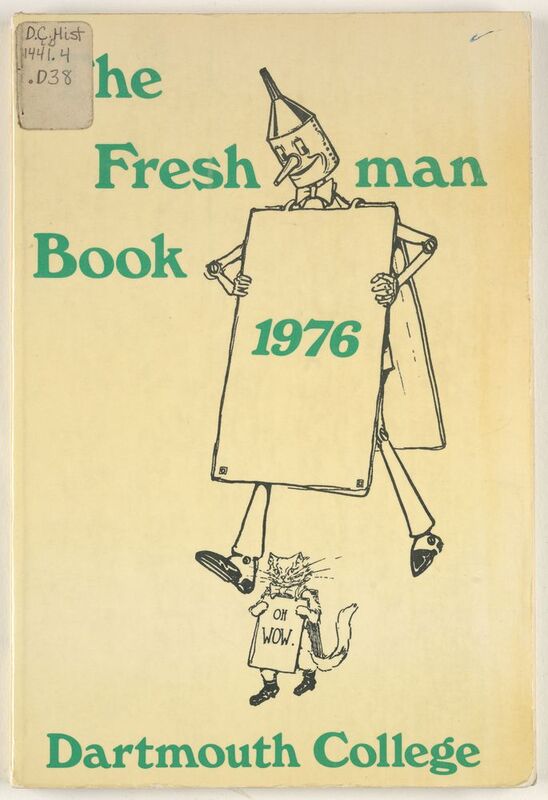
-
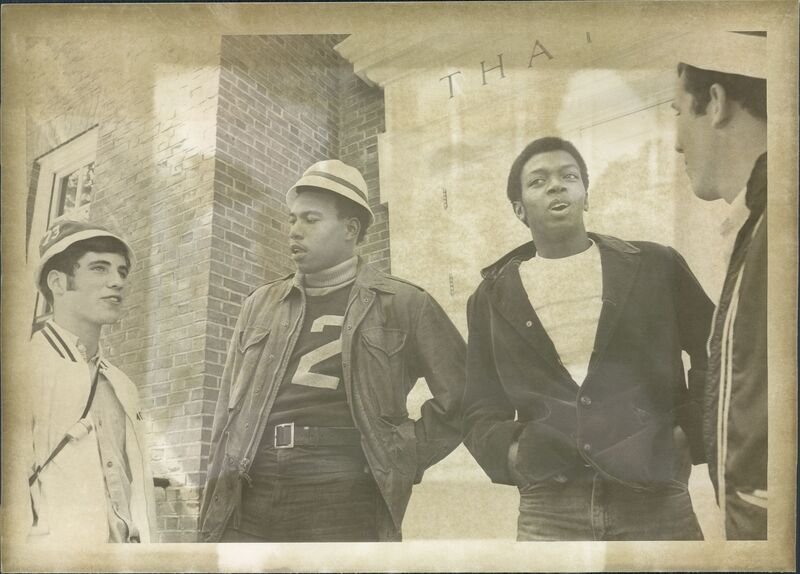
Fall 1969 - Members of the Class of 1973 L to R: Swift C. Barnes III, Newburyport, Massachusetts; George C. Riley III, Paterson, New Jersey; Derek J. Rice, Long Island City, New York; and Stephen P. Stetson, Laconia, New Hampshire.
-
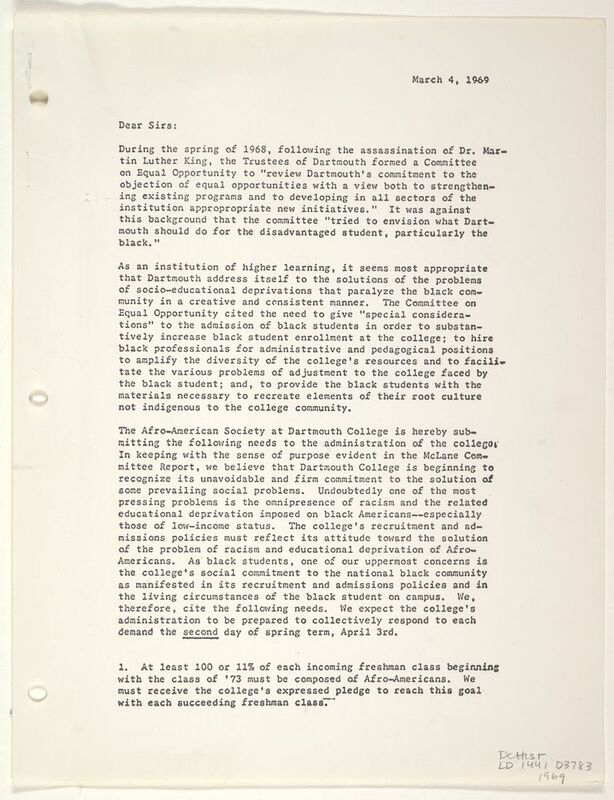
March 4, 1969 letter from Dartmouth’s Afro-American Society to the administration, demanding increased recruitment, admission, and support for Black students, as well as the creation of a Black Studies program
-
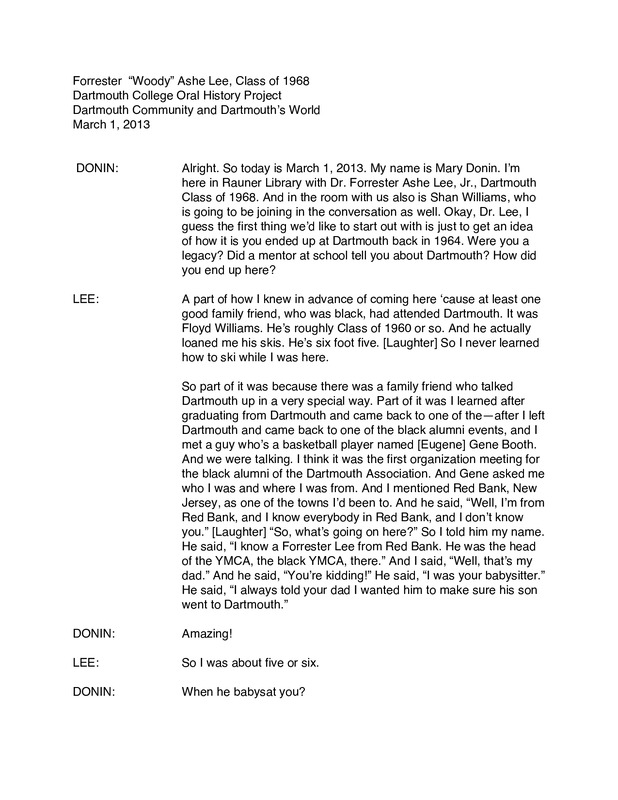
The urgency, the immediacy, the importance of what needed to be done was sensed here, and things were done and changed very, very dramatically. And it became, you know, a bit of a model for what should be done everywhere. The New York Times had this article: DARTMOUTH ADMITS 100 BLACK STUDENTS, and the most ever in the Ivies, something like the most ever in the Ivies. It happened in 1972 I think. It really did become a model for what is possible. And, you know, I carried that with me for the rest of my life, that—what a few guys can do.
Forrester Ashe Lee, ’68 - Dartmouth College Oral History Project - Interview March 1, 2013












